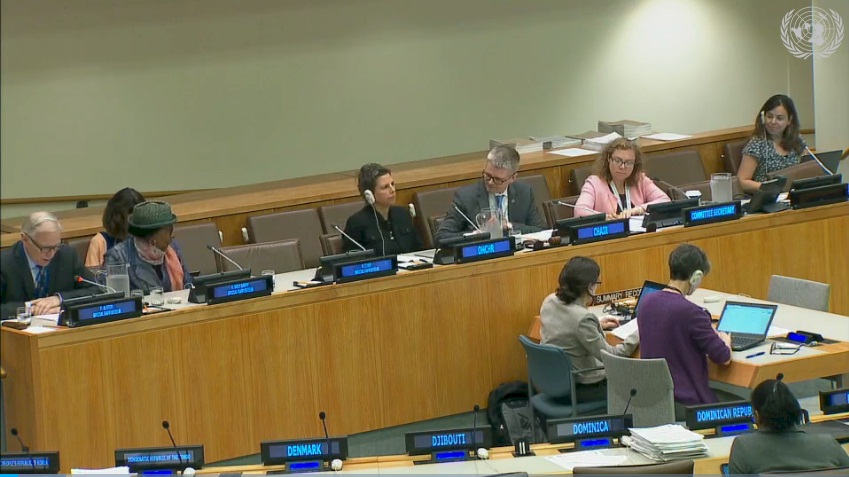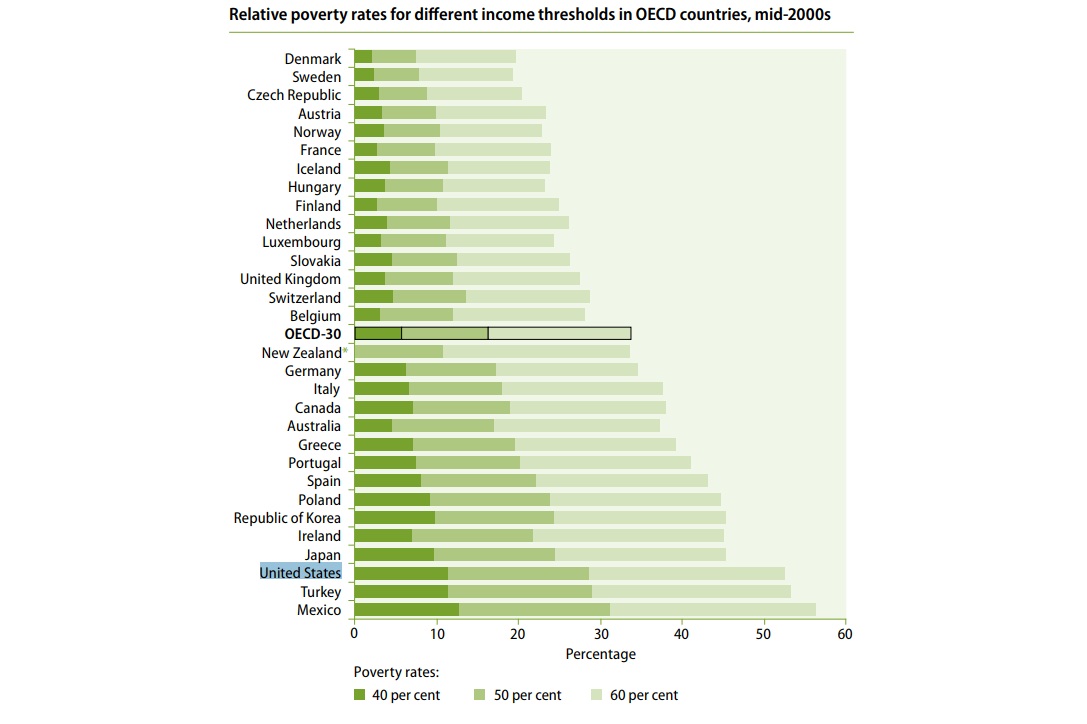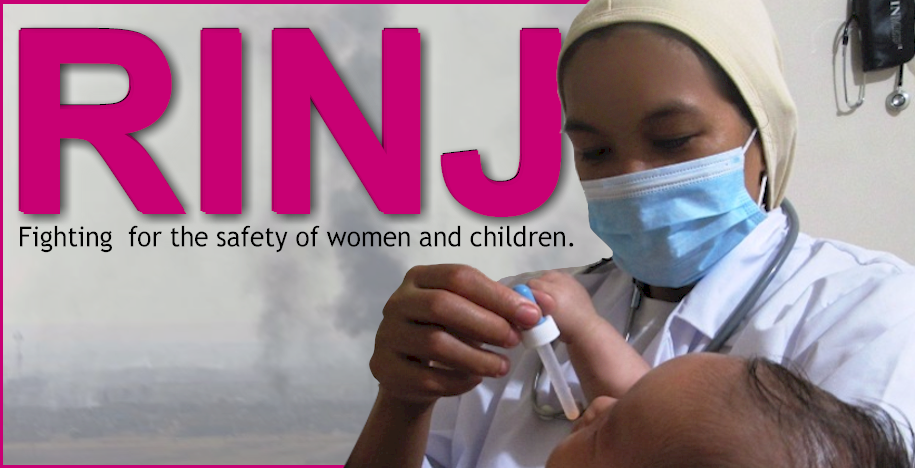Millions of US Kids Have no Food-No Home
18% of children live in dire poverty — 32.6% of all poor are children.
While the US White House plays games with millions of lives by leveraging its massive geriatric nuclear weapons arsenal, nearly 20% of its children go to sleep hungry every day.
by Melissa Hemingway Feminine-Perspective Staff Writer
Moreover, 1.3 million school students were without a home during their last academic year and infant mortality, at 5.8 deaths per 1,000 live births is nearly 140% of other advanced nations.
The Human Rights Council Thirty-eighth session on 18 June to 6 July 2018 has as its 3rd Agenda item, “The promotion and protection of all human rights, civil, political, economic, social and cultural rights, including the right to development.”
Under that category the Council will hear shocking testimony and reports of the Special Rapporteur in poverty and human rights on extreme poverty and human rights abuses in United States of America.
 UNHRC Third Committee, 28th meeting – General Assembly, 72nd session. Photo: Feminine-Perspective Screen Capture of UNHRC Video
UNHRC Third Committee, 28th meeting – General Assembly, 72nd session. Photo: Feminine-Perspective Screen Capture of UNHRC Video
Some of the highlights of the report relate to children and include some disturbing data.
Reporting since his recent travel in the United States Philip Alston (Special Rapporteur Extreme Poverty and Human Rights) has shocking information that is very critical of the duration of the 45th US President. The U.N. explicitly lays blame with the Trump administration for policies that actively increase poverty and inequality in the country.
Tax Benefits are for the Wealthy and further strip Poor Families of any Hope
“The $1.5 trillion in tax cuts in December 2017 overwhelmingly benefited the wealthy and worsened inequality. The consequences of neglecting poverty and promoting inequality are clear,” it concludes.
“The policies pursued over the past year seem deliberately designed to remove basic protections from the poorest, punish those who are not in employment and make even basic health care into a privilege to be earned rather than a right of citizenship.”
 Philip Alston (Special Rapporteur Extreme Poverty and Human Rights) at the Third Committee, 28th meeting – General Assembly, 72nd session Photo: Feminine-Perspective Screen Capture of UNHRC Video
Philip Alston (Special Rapporteur Extreme Poverty and Human Rights) at the Third Committee, 28th meeting – General Assembly, 72nd session Photo: Feminine-Perspective Screen Capture of UNHRC Video

Poverty in developed nations. Chart Source: UN Poverty-The-Official-Numbers
A shockingly high number of children in the US live in poverty. In 2016, 18% of children – some 13.3 million – were living in poverty, with children comprising 32.6% of all people in poverty. Child poverty rates are highest in the southern states, with Mississippi, New Mexico at 30% and Louisiana at 29%.
Contrary to the stereotypical assumptions, 31% of poor children are White, 24% are Black, 36% are Hispanic, and 1% are indigenous.
When looking at toddlers and infants among the poor and homeless, 42% of all Black children are poor, 32% of Hispanics, and 37% are Native American infants. The figure for Whites is 14%.
Poor children are also significantly affected by America’s affordable and adequate housing crisis. Around 21% of persons experiencing homelessness are children. While most are reportedly experiencing sheltered homelessness, the lack of financial stability, high eviction rates, and high mobility rates negatively impact education, and physical and mental health.
On a positive note, most children living in poverty do have medical insurance thanks to “ObamaCare”. Due to the expansion of Medicaid and the creation of the Children’s Health Insurance Program in 1997, as of 2016, some 95% of all children had health insurance. Medicaid and CHIP have lowered the rate of children without health coverage from 14% in 1997 to 5.3% in 2015.
Other support programs are also important, such as the Supplemental Nutrition Assistance Program (SNAP) which is estimated to lift some five million children out of poverty annually, while in 2015 the Earned Income Tax Credit (EITC) and the Child Tax Credit (CTC) lifted a further five million children out of poverty. By contrast, TANF is not getting to enough children, with less than 25% of all poor families that are eligible for cash assistance under TANF actually receiving it. Proposed cutbacks to most of these programs would have dramatic consequences.
Social Safety Net Is Missing
One of the problems is that the United States spends more on national defense than China, Saudi Arabia, Russia, United Kingdom, India, France, and Japan combined.
The US has no money left with which to provide a social safety net for the vulnerable children and their families.
Once a person has entered the realm of poverty their social and political rights vanish.
- US health care expenditures per capita are double the OECD average and much higher than in all other countries. But there are many fewer doctors and hospital beds per person than the OECD average.
- US infant mortality rates in 2013 were the highest in the developed world.
- Americans can expect to live shorter and sicker lives, compared to people living in any other rich democracy, and the “health gap” between the U.S. and its peer countries continues to grow.
- U.S. inequality levels are far higher than those in most European countries
- Neglected tropical diseases, including Zika, are increasingly common in the USA. It has been estimated that 12 million Americans live with a neglected parasitic infection. A 2017 report documents the prevalence of hookworm in Lowndes County, Alabama.
- The US has the highest prevalence of obesity in the developed world.
- In terms of access to water and sanitation the US ranks 36th in the world.
- America has the highest incarceration rate in the world, ahead of Turkmenistan, El Salvador, Cuba, Thailand and the Russian Federation. Its rate is nearly 5 times the OECD average.
- The youth poverty rate in the United States is the highest across the OECD with one quarter of youth living in poverty compared to less than 14% across the OECD.
- The Stanford Center on Inequality and Poverty ranks the most well-off countries in terms of labor markets, poverty, safety net, wealth inequality, and economic mobility. The US comes in last of the top 10 most well-off countries, and 18th amongst the top 21.
- In the OECD the US ranks 35th out of 37 in terms of poverty and inequality.
- According to the World Income Inequality Database, the US has the highest Gini rate (measuring inequality) of all Western Countries
- The Stanford Center on Poverty and Inequality characterizes the US as “a clear and constant outlier in the child poverty league.” US child poverty rates are the highest amongst the six richest countries – Canada, the United Kingdom, Ireland, Sweden and Norway.
- About 55.7% of the U.S. voting-age population cast ballots in the 2016 presidential election. In the OECD, the U.S. placed 28th in voter turnout, compared with an OECD average of 75%. Registered voters represent a much smaller share of potential voters in the U.S. than just about any other OECD country. Only about 64% of the U.S. voting-age population (and 70% of voting-age citizens) was registered in 2016, compared with 91% in Canada (2015) and the UK (2016), 96% in Sweden (2014), and nearly 99% in Japan (2014).Read: Report-of-the-Special-Rapporteur-on-extreme-poverty-and-human-rights-on-his-mission-to-the-United-States-of-America
